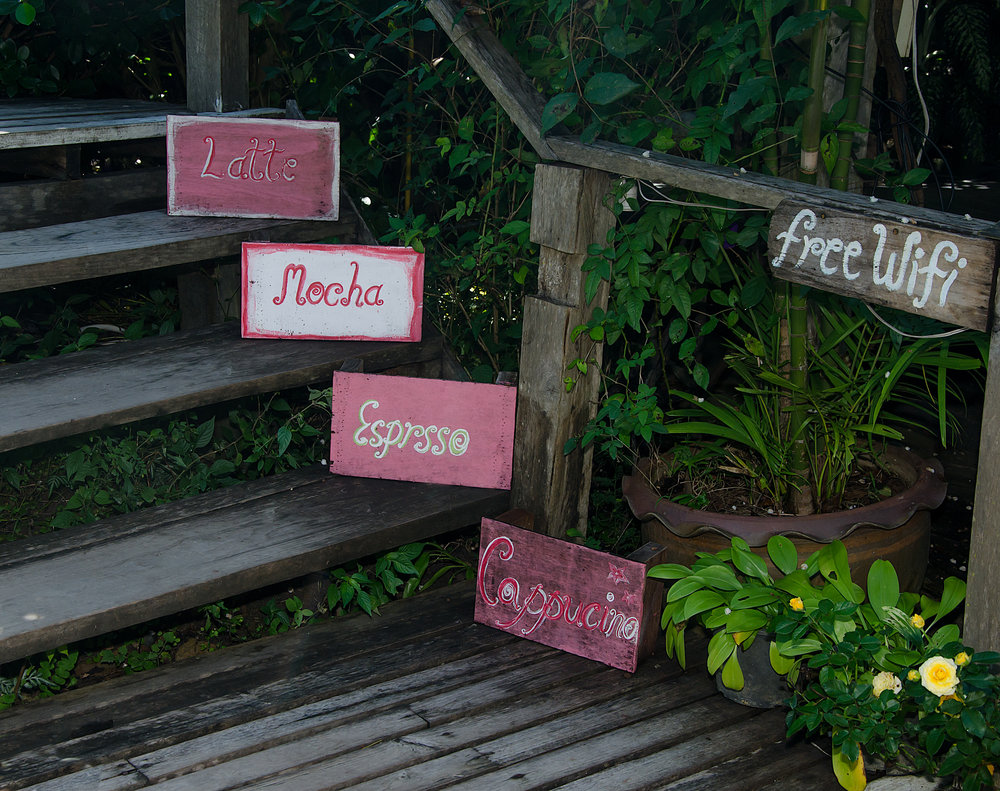WiFi Map’s app creators took 10 days to get from idea to prototype, why simple is best when it comes to innovation

Kiwi startups looking to spark off the next global application for technology should focus on the ‘keep it simple’ axiom. Take the advice from WiFi Map, a two-year old startup that helps users find free wireless internet hotspots.
The WiFi Map recently hit the seven-million user mark around the world, 100,000 of whom are located in Australia and New Zealand. The bulk of the users are located in Russia, US and Mexico.

“Give people an easy-to-use and ‘straight to the point’ product. All great things are simple, so don’t overcomplicate it. Think Google, Uber, Dropbox, you can explain them all in one sentence,” Denis Sklyarov, one of the founders of WiFi Map, told Idealog.
The company was founded in 2012 by Kirill Kudin, Daniel Plashchynski, Igor Goldenberg and Sklyarov.
The company has managed to self fund its development, Sklyarov says, adding startups should have sufficient funding for 18 months of a business venture.
He has mixed views about raising funds, saying getting money from external sources, especially angels, have the pros and cons. He says WiFi Map has been funding its own development costs and expenditure.
“Consider bootstrapping (self funding) as an alternative, if you are successful in monetising at early stages you’ll have a much greater chance of higher valuation at later phases of your venture.”
About WiFi Map
WiFi Map’s app allows users to find hotspots for internet connection. Users can also share passwords, which can be saved for easy recall. The generic version is free but there is a premium version for US$4.99. On this “map” are about 2.1 million free wifi hotspots listed worldwide. The crowd helped sourced the two million hotspots so far with 24% of the users having added at least one tip to the app, while 7% of the users have added a hotspot resulting in users uploading over 140,000 new hotspots a month.
His other advice for innovators is to concentrate on solving a concrete problem, and to give users an easy way to resolve the problems they are faced with. “In our case, it was the basic need for internet, and we gave users the ability to find it fast and easy.”
Co-founder Kudin says he initially took 10 days to turn his idea into a working prototype. The company’s creators had within two years, without any marketing budget, reached nearly 7 million downloads from around the world.
Wifi problem
The WiFi Map app was built as a direct response to him being constantly faced with the problem of finding reliable internet when travelling. This prompted the development of the app to find internet hotspots even in the most remote places, online and offline.
The other competing apps in the market include Wi-Fi Master Key (who are said to have 230 million active users in China), and Mandic MagiC (focused primarily on Brazilian and Latin American users).
In New Zealand, Spark offers its users over 1,000 hotspots throughout the country, each with 1G of free data daily, while many café’s, restaurants and store now offer free wifi options for customers.
Other competitors such as the Auckland City council has partnered with Timezone to offer free wifi hotspots in certain parts of the city, a free service to all users for 30 minutes a day.
Kudin says the company is now focused on growing its user base to 50 million.
“We are also working to increase user engagement with the objective of having the most current and reliable free wifi database worldwide.”
He also wants to expand the company’s reach further into Russia, US and Mexico, and grow new markets in China and expand in Australia.
“In the future we will also partner with travel and telecom companies via SDK (software development kit) integration to provide a value added product to their user base.” Kudin adds.
?
Gigaom.com reviews WiFi Map




